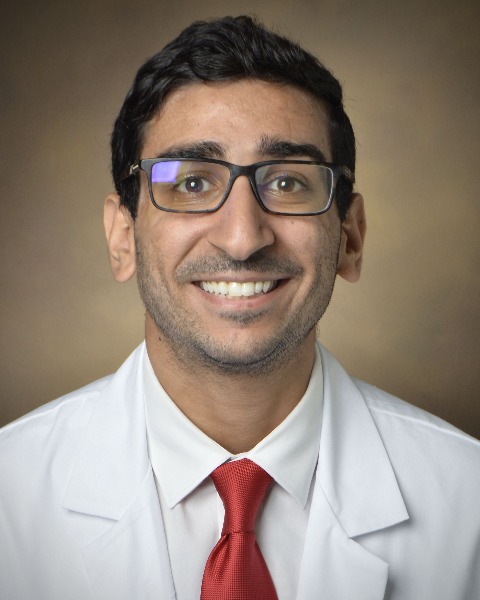Upper Gastrointestinal (lips to ileocecal valve, including esophagus and stomach)
E474: Comparison of post-operative outcomes in the bariatric versus gastric cancer population

Emma Bradley, MD
Resident Physician
Vanderbilt University Medical Center
Nashville, Tennessee, United States
Emma Bradley, MD
Resident Physician
Vanderbilt University Medical Center
Nashville, Tennessee, United States
David Hanna, MD
Resident Physician
Vanderbilt University Medical Center
Nashville, Tennessee, United States- MS
Matthew Spann, MD, MMHC, FACS
Associate Professor of Surgery
Vanderbilt University Medical Center, United States 
Deepa Magge, MD, FACS
Assistant Professor
Vanderbilt University Medical Center
Nashville, Tennessee, United States
ePoster Abstract Author(s)
Submitter(s)
Author(s)
Though gastrectomy is essential to curative treatment for gastric cancer, peri-operative recovery can be challenging. Median length of stay (LOS) post-gastrectomy in gastric cancer (GC) patients per literature is 7-10 days, compared to 2-5 days in bariatric patients undergoing technically similar procedures. This study aims to identify potential intervenable changes from the bariatric population to enhance recovery in GC patients.
Methods:
We performed a single-institution retrospective analysis of 231 patients who underwent open gastrectomy for GC 1993-2022 and group of 526 patients undergoing open gastrectomy for bariatric purposes. Demographic, peri-operative data and LOS were compared.
Results:
Median LOS in GC patients was 8 days, compared to 3 days in bariatric patients (p< 0.0001). Bariatric patients routinely underwent pre-operative nutrition counseling, foley catheter removal on POD1, NGT tube removal POD2, with initiation of 30cc/hr of water on POD3. Recovery patterns in the GC patients were variable and provider-dependent. Bariatric patients were younger (43 vs 62 years, p< 0.001), with lower CCI (0.9 vs 5.2, p< 0.001) and Clavien-Dindo Scores (1 vs 2.1, p< 0.001). Cancer patients underwent longer surgery (314 vs 186 mins, p< 0.001) with higher EBL (323 vs 252cc, p< 0.001) and volume resuscitation (36.6 vs 20.4 cc/kg, p< 0.001). They were also more likely to have longer NGT duration (3.4 vs 2 days, p< 0.001), time to initiation of diet (4.3 vs 2.2 days, p< 0.001) and UGI (46% vs 38%, p=0.04).
On univariate analysis, GC patients with higher Clavien Dindo Scores (p< 0.001), length of surgery (p< 0.001), EBL (p=0.006), volume/kg (p=0.046) and NGT duration (p< 0.001) had higher likelihood of prolonged LOS. In multivariate analysis, lower albumin was independently associated with prolonged LOS in GC patients while higher Clavien Dindo Scores and longer duration NGT were associated with prolonged LOS in both groups (see Figure 1). Higher LOS was inversely correlated with OS in GC patients (p=0.03), but this was not detected in bariatric patients.
Conclusions:
This study details some of the inherent differences in co-morbidities and post-operative care between bariatric and cancer patients undergoing gastrectomy. Further attention to peri-operative interventions such as pre-operative nutritional optimization, intra-operative fluid administration, length of NGT use and timing of UGI may benefit our GC patients, mirroring bariatric ERAS protocols. By optimizing post-operative recovery, we hope to improve patient peri-operative experience and improve oncologic outcomes.
Learning Objectives:
- Description of differences in length of stay and post-operative recovery patterns of bariatric and gastric cancer patients after gastrectomy.
- List patient specific and perio-perative factors associated with prolonged length of stay in gastric cancer patients.
- Identification of risk factors that may be optimized prior to surgery to improve post-operative recovery and length of stay in gastric cancer patients after resection.
